University of Florida visit and seminar
I made my first trip to Gainesville and the University of Florida last week when I visited the turfgrass field laboratory at Citra, then gave a seminar (recorded screencast here) on campus about my research.
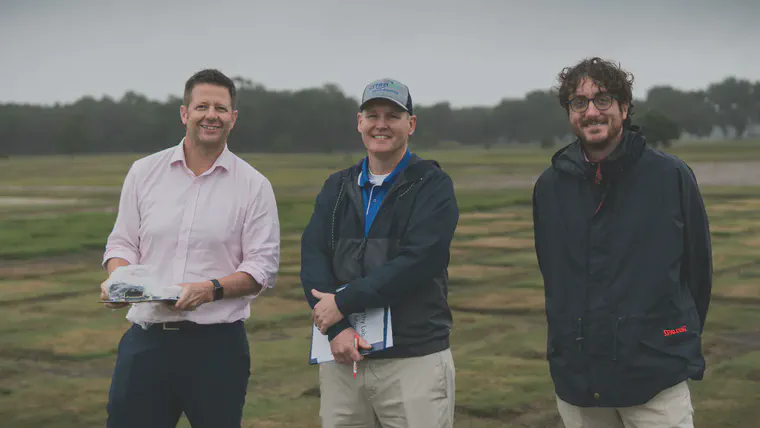
We braved the intermittent rain to look at turfgrass plots at the large (35 acres, 14 ha) field laboratory. I was especially interested to see new varieties of bermudagrass, zoysiagrass, and St. Augustinegrass.
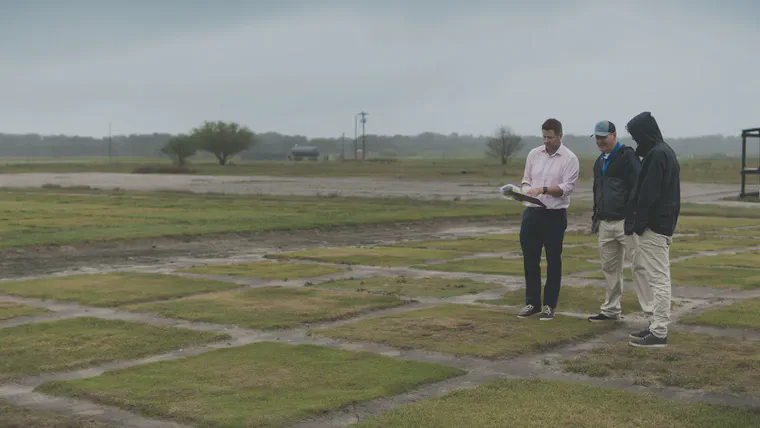
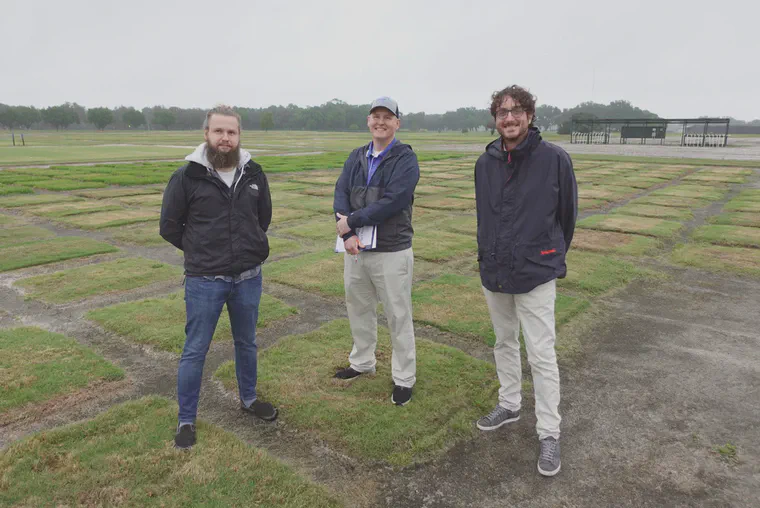
At this time of year, there is a notable flush of seedheads on some varieties of manilagrass (Zoysia matrella). I’ve been trying to learn more about this—to try to understand which varieties are more likely to have seeds, and when, and if there are maintenance adjustments that are effective in modifying the seedhead production.
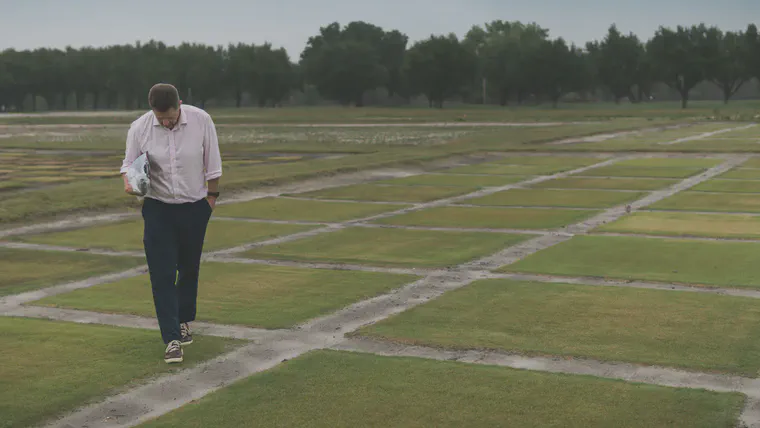
In addition to differences in seedhead production, growing the grasses side-by-side allows one to see differences in disease susceptibility, growth rate, color, and tendency to scalp when mowing, among other things.
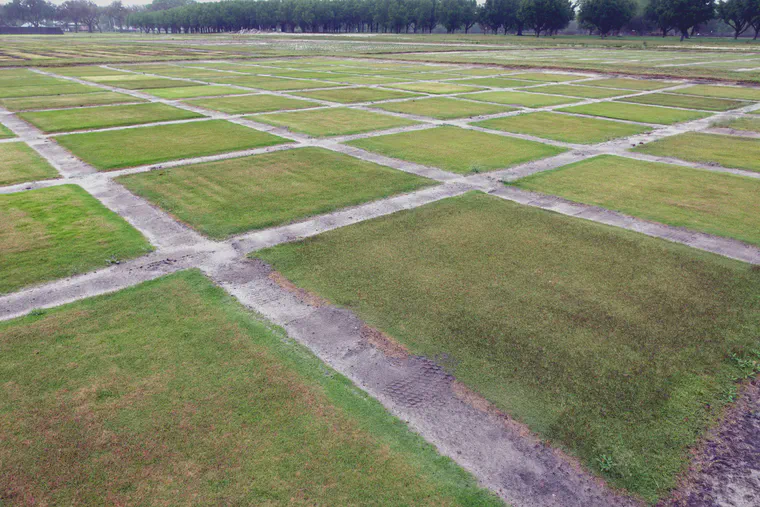
When the rain returned, we ran back to cover.
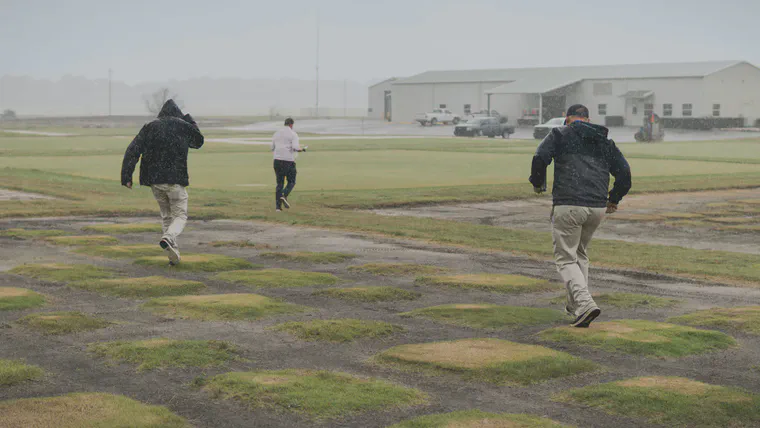
I was pleased to have seen so much grass and then to have gotten out of the rain and back into the impressive maintenance building.
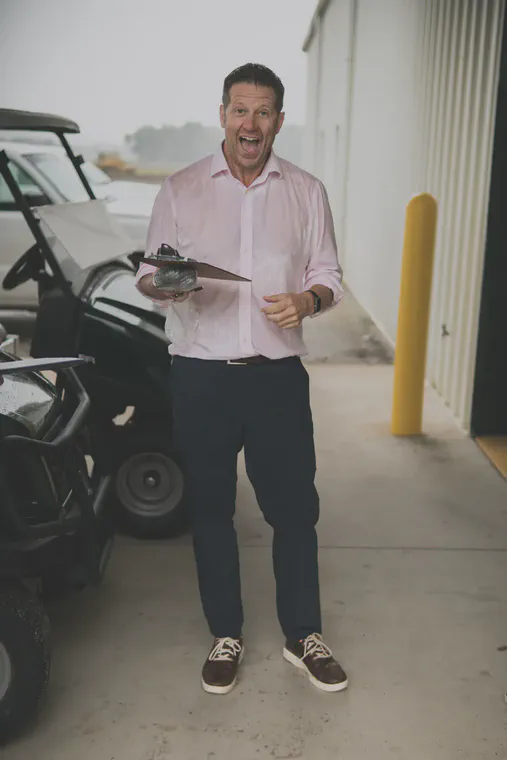
The equipment and facilities for the maintenance of the turf research plots here reminded me of a golf course maintenance building. I have been to a lot of university turfgrass research facilities, and I’ve never seen one with this much equipment and the means to maintain the machines and reels.
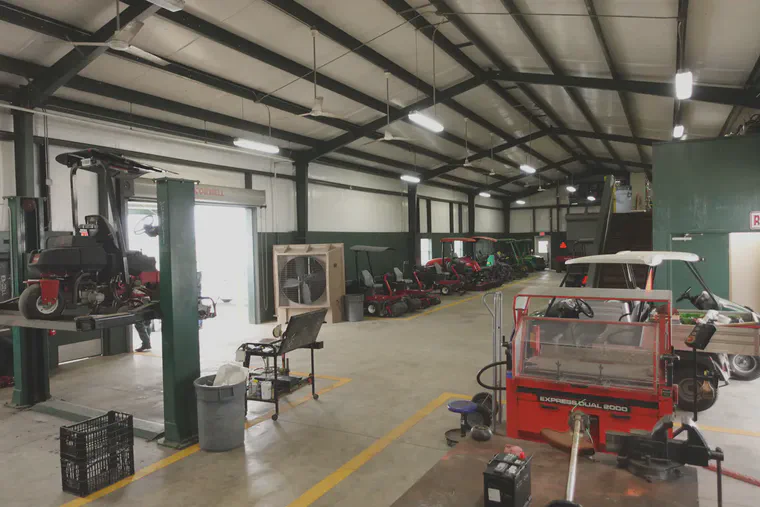
We then returned to the main campus where I met many of the faculty, students, postdocs, and staff. We had lunch and I gave a seminar about the ATC research area, which you can watch here, or view on the embedded player below.
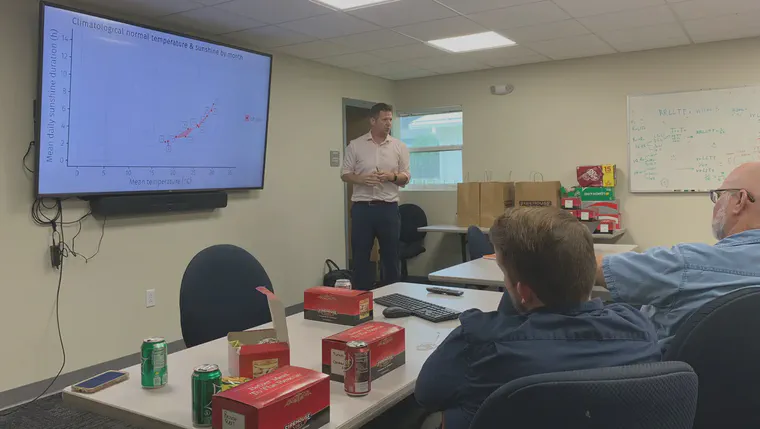
I used area in a few senses—as the ATC research facility, as the geographic area in which I’ve worked, and in the area of topics that I’ve worked on and been interested in. It was a thrill to meet so many of the faculty and students, to get a tour of Dr. Billy Crow’s nematology laboratory, to see the disease diagnostic lab with Dr. Phil Harmon, and to talk with so many turfgrass specialists.
There are a lot of common challenges between managing fine turf in Florida and in other parts of the world with similar temperatures and grasses.